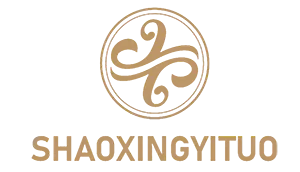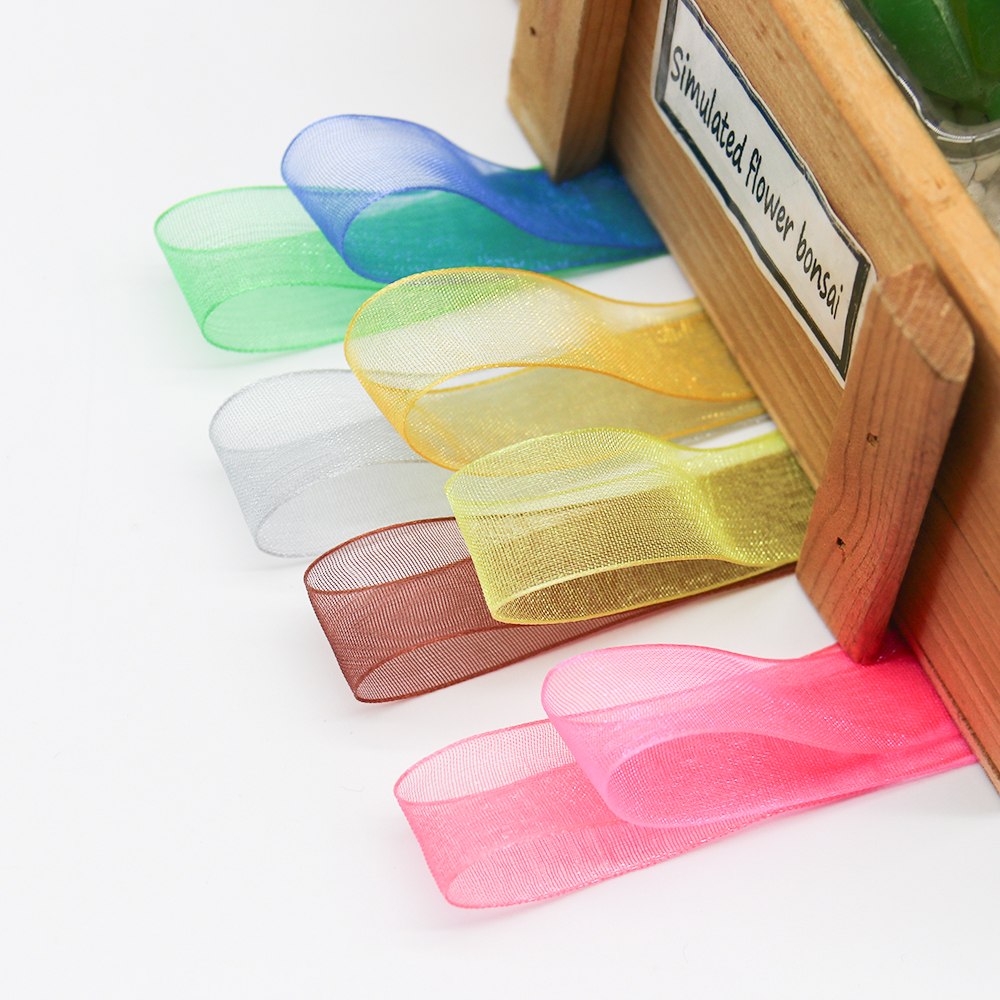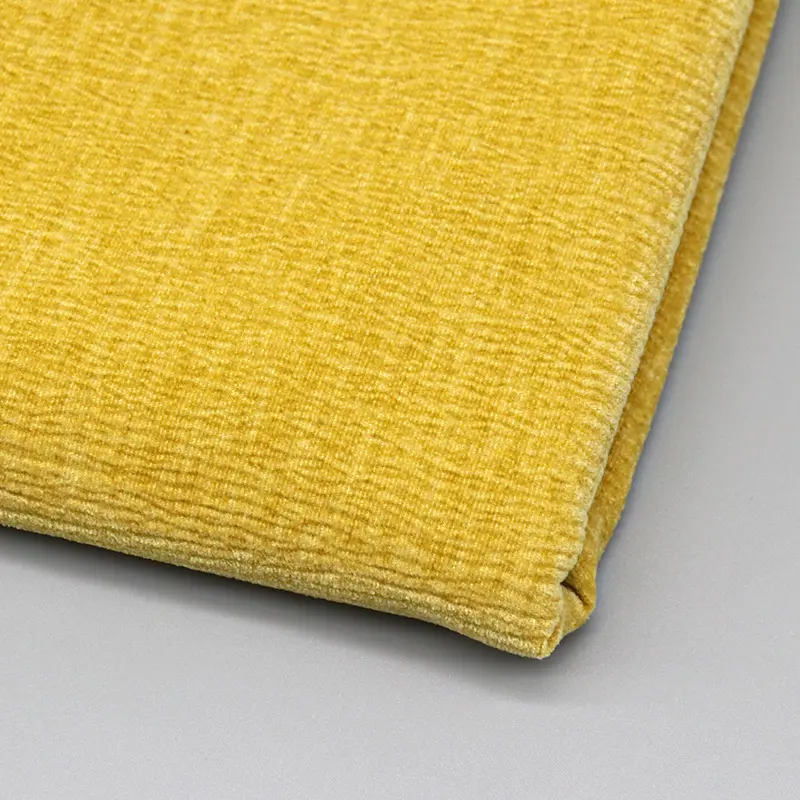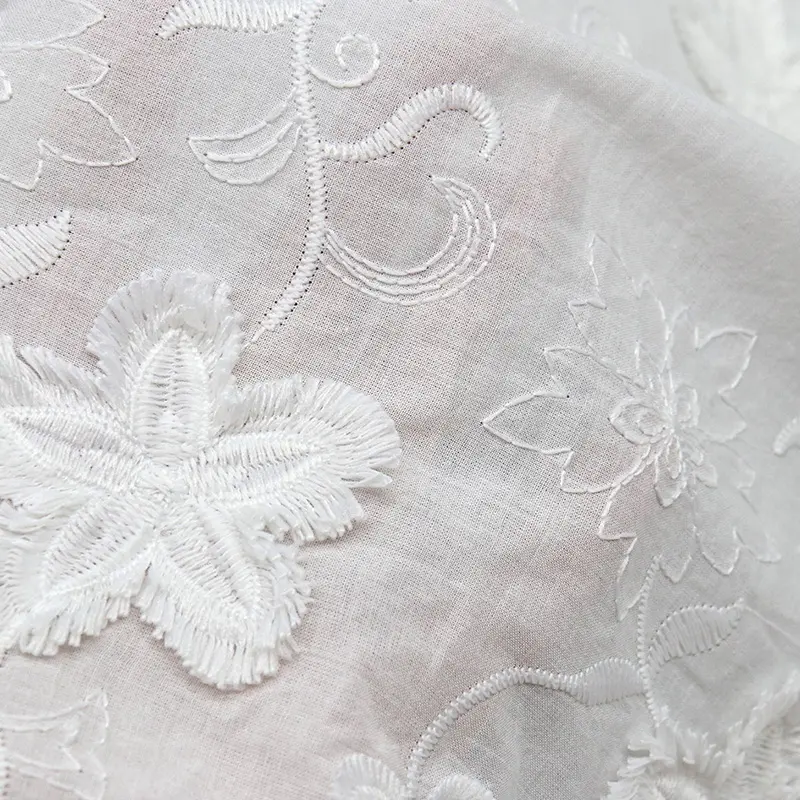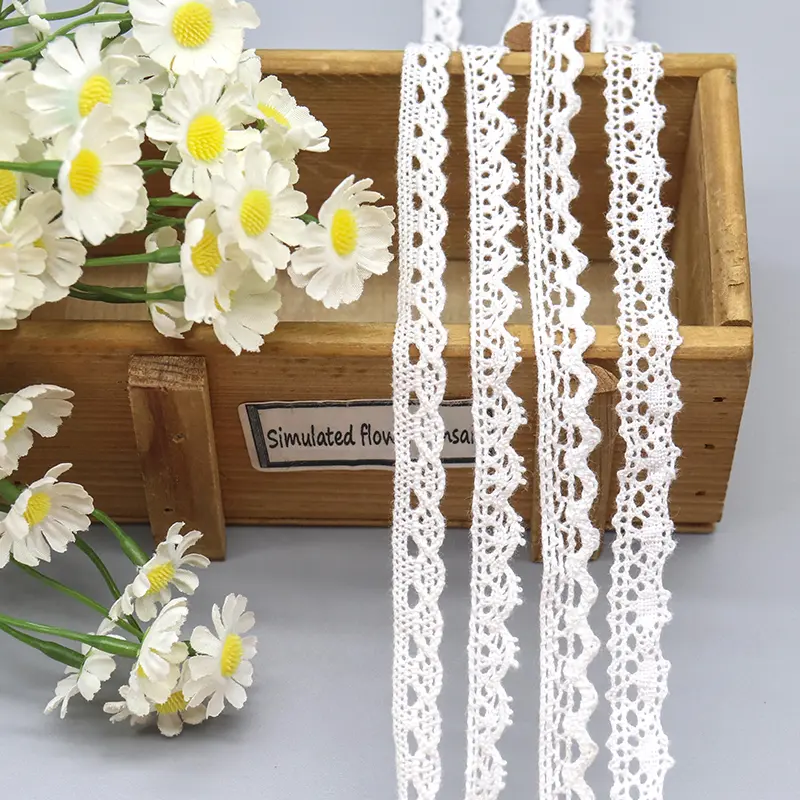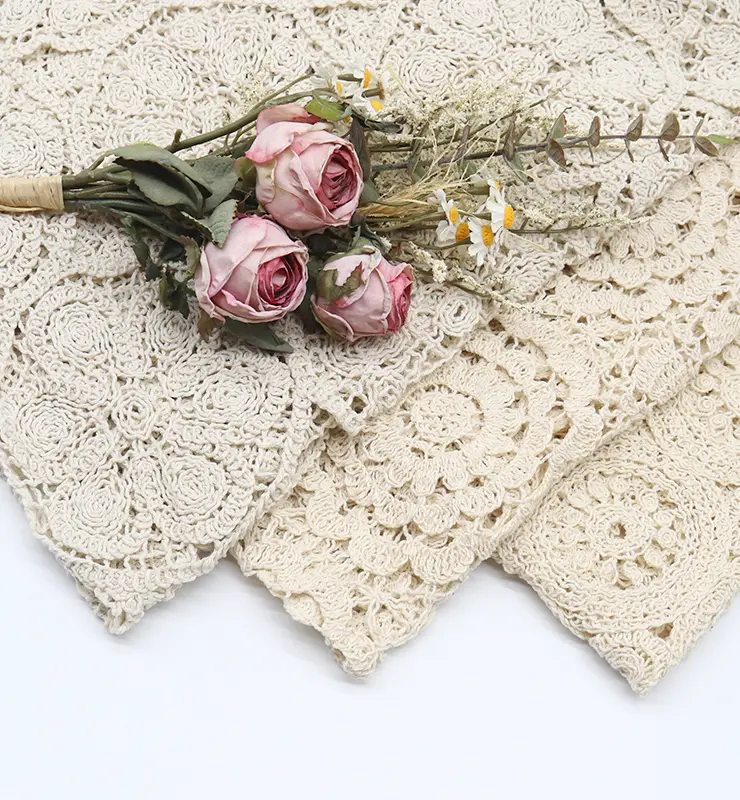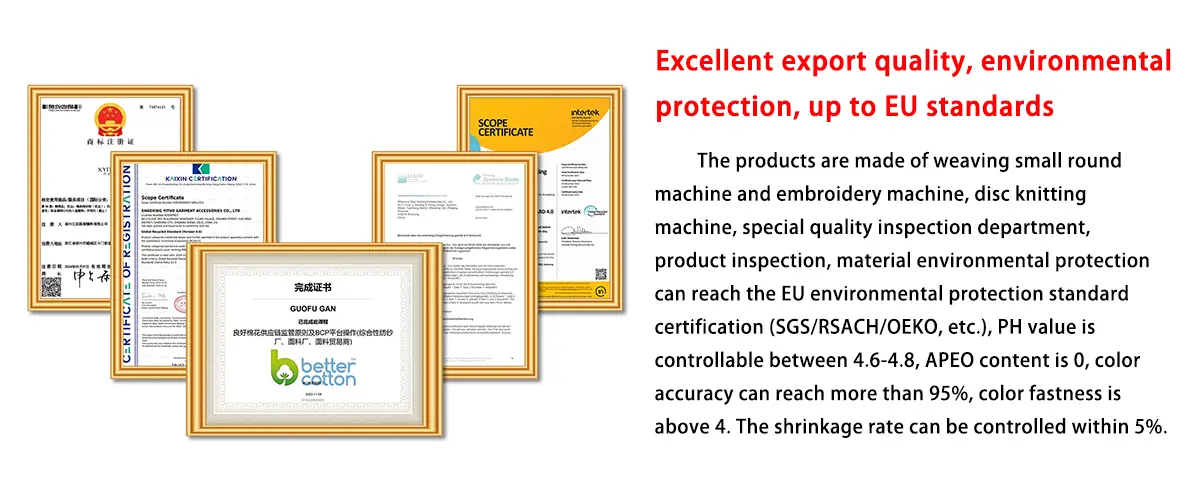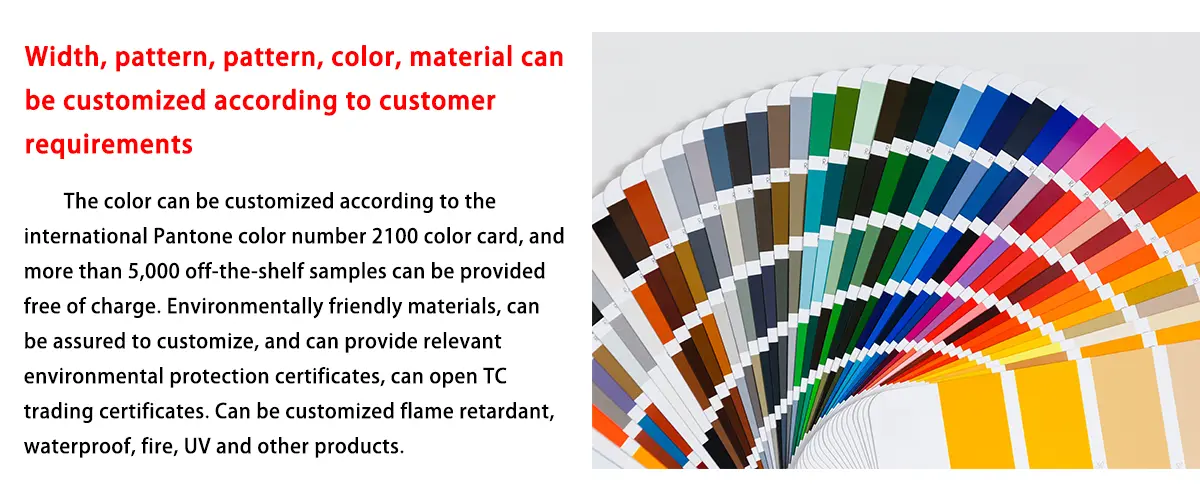What is the difference between organza and tissue fabric?
What is the Difference Between Organza and Tissue Fabric?
Introduction
Choosing the right Fabric for your project can be tricky, especially when comparing organza and tissue fabric. Both are lightweight and sheer, but their textures, uses, and costs differ significantly. Organza is known for its crisp, elegant sheen, while tissue fabric offers a softer, delicate drape. This guide answers 9 key questions to help you understand their differences and choose the best fabric for fashion, decor, or crafts.
Keywords: organza fabric, tissue fabric, sheer fabric, lightweight fabric, fabric comparison
Table of Contents
- Is Tissue and Organza Fabric the Same?
- What is Another Name for Organza Fabric?
- What Kind of Fabric is Tissue?
- What Fabric is Similar to Organza?
- Is Tissue Fabric Good for Summer?
- Why is Organza So Expensive?
- What is a Good Substitute for Organza Fabric?
- Are Tulle and Organza the Same?
- What are the Pros and Cons of Organza Fabric?
- How to Choose Between Organza and Tissue Fabric?
Is Tissue and Organza Fabric the Same?

No, tissue and organza Fabrics are not the same, though both are lightweight and sheer. Organza is a crisp, structured fabric made from silk or synthetic fibers like polyester, with a glossy finish. Tissue fabric, often a type of lamé or fine cotton, is softer, more delicate, and less structured, with a subtle shimmer. Organza suits formal wear, while tissue is better for drapey, casual designs.
Key Difference: Organza is stiffer and shinier; tissue is softer and more flexible.
What is Another Name for Organza Fabric?
Organza is sometimes called organdy when made from cotton, though cotton organdy is slightly less glossy. Other informal names include “sheer silk” (for silk organza) or “crisp sheer” in fashion contexts. Synthetic versions may be labeled as “polyester organza” in retail settings.
What Kind of Fabric is Tissue?
Tissue fabric is a lightweight, sheer material, often made from fine cotton, silk, or metallic blends like lamé. It has a soft, delicate drape and a subtle shimmer, making it ideal for flowing garments, scarves, or decorative overlays. Unlike organza, tissue lacks crispness, offering a more relaxed, fluid appearance.
Characteristics:
- Soft, lightweight (often 10–20 gsm).
- Slightly translucent with a gentle sheen.
- Common in Indian sarees or lightweight decor.
What Fabric is Similar to Organza?
Fabrics similar to organza include:
- Organdy: A cotton-based, slightly less glossy alternative.
- Chiffon: Softer and more drapey but still sheer.
- Voile: Lightweight and semi-sheer, less crisp than organza.
- Tulle: Net-like and sheer but less structured.
Comparison: Chiffon and voile are closer to tissue’s softness, while organdy mimics organza’s crispness.
Is Tissue Fabric Good for Summer?

Yes, tissue fabric is excellent for summer due to its lightweight, breathable nature. Its soft, airy drape allows airflow, making it ideal for scarves, sarees, or lightweight dresses. However, its delicate structure may require careful handling to avoid snags in humid conditions.
Why is Organza So Expensive?
Organza’s cost stems from:
- Material: Silk organza, made from high-quality silk fibers, is pricier than synthetic versions.
- Weaving Process: Its tight, plain weave requires precision, increasing manufacturing costs.
- Finish: The glossy, crisp finish involves additional treatments, adding to the price.
- Market Demand: High demand in bridal and haute couture drives costs ($10–$50/yard for silk organza vs. $2–$10 for polyester).
What is a Good Substitute for Organza Fabric?
Good substitutes for organza include:
- Polyester Organza: Cheaper than silk, with similar crispness and sheen.
- Organdy: Cotton-based, more affordable, and slightly less glossy.
- Chiffon: Softer and more drapey, ideal for flowing designs.
- Voile: Lightweight and breathable, though less structured.
Are Tulle and Organza the Same?
No, tulle and organza are different. Tulle is a net-like, open-weave fabric made from nylon or polyester, often used for veils or tutus, with a soft, flexible structure. Organza has a tighter weave, crisper texture, and glossier finish, making it more structured for dresses or decor. Tulle is less durable but easier to work with for voluminous designs.
What are the Pros and Cons of Organza Fabric?
Pros:
- Crisp, elegant sheen enhances formal wear and decor.
- Lightweight (20–40 gsm) yet structured for tailored designs.
- Available in silk and affordable synthetic options.
- Holds shape well for drapery or embellishments.
Cons:
- Expensive, especially silk organza ($10–$50/yard).
- Delicate; prone to snags or fraying without careful handling.
- Less breathable than tissue for hot weather.
- Requires dry cleaning for silk versions.

How to Choose Between Organza and Tissue Fabric
Consider these factors:
- Project Type: Organza for structured, formal designs (e.g., bridal gowns); tissue for soft, drapey looks (e.g., sarees).
- Budget: Polyester organza or tissue is more affordable than silk organza.
- Durability Needs: Tissue is delicate but breathable; organza is sturdier but less airy.
- Aesthetic: Organza for glossy elegance; tissue for subtle shimmer.
Data Point: The global sheer fabric market is growing at a 5.2% CAGR (2023–2030), per Grand View Research, with organza leading in formal wear.
FAQs
Q: Can tissue fabric be used for formal wear?
A: Yes, but it’s better for casual or semi-formal designs due to its soft drape.
Q: Is organza suitable for everyday clothing?
A: It’s less practical due to its stiffness and delicate nature; tissue is more versatile.
Q: How do I clean tissue fabric?
A: Hand wash with mild detergent or dry clean, depending on material composition.
Conclusion
Organza and tissue fabrics offer distinct qualities for your projects—organza’s crisp elegance or tissue’s soft drape. Ready to start your next creation? Explore the fabric supplier Shaoxing Yituo Clothing Accessories Co., Ltd., share your requirements, and let us provide the perfect organza or chiffon fabric that fits your vision!
